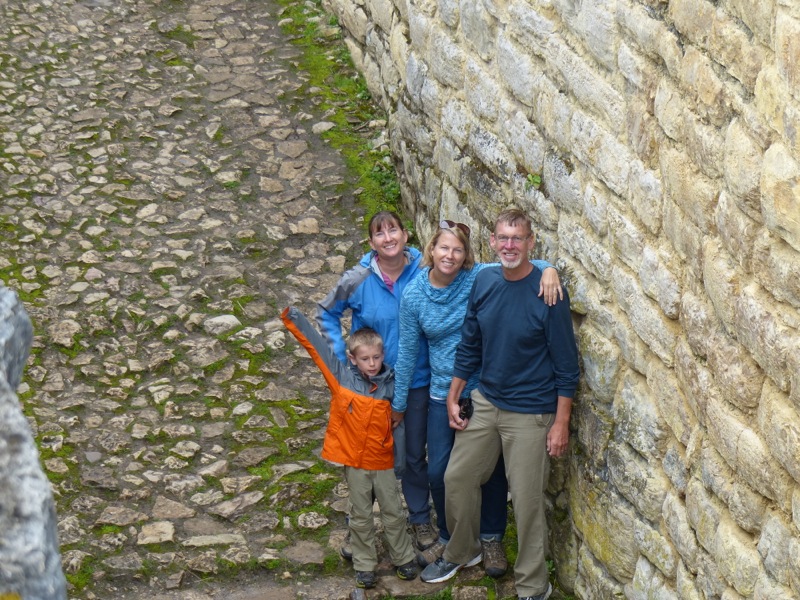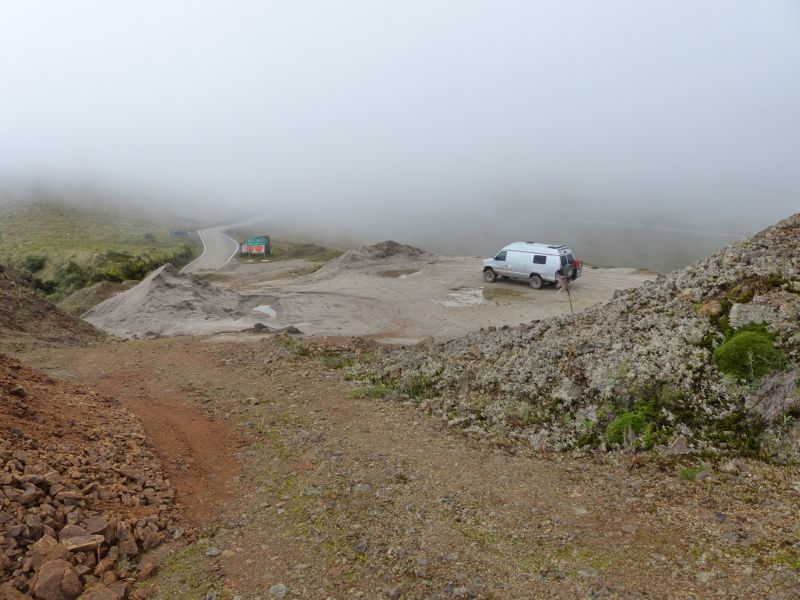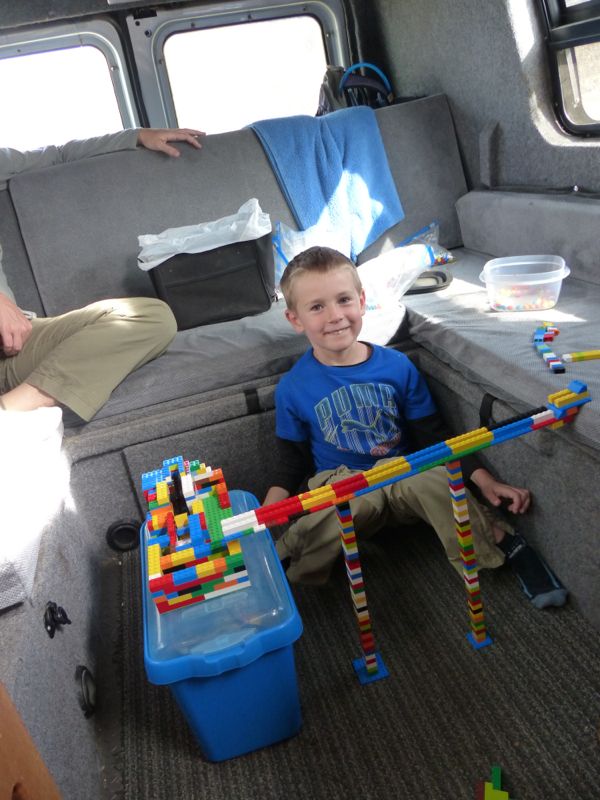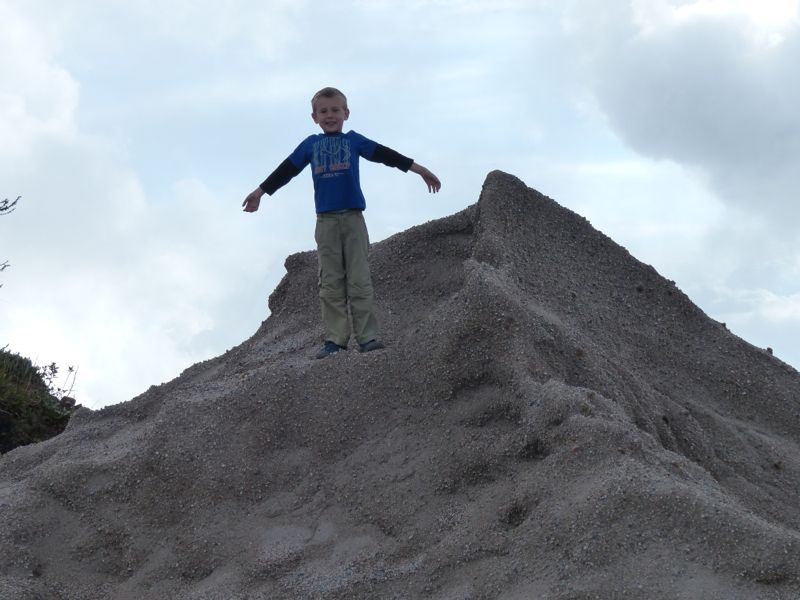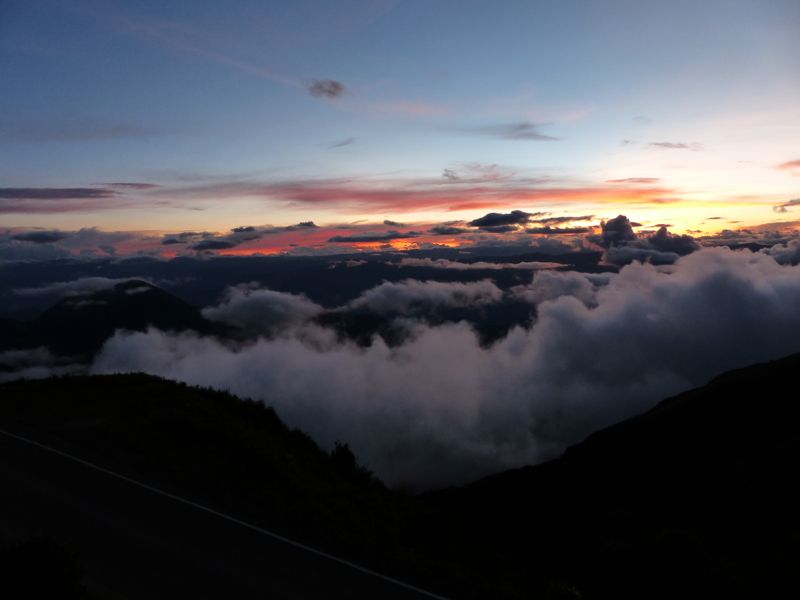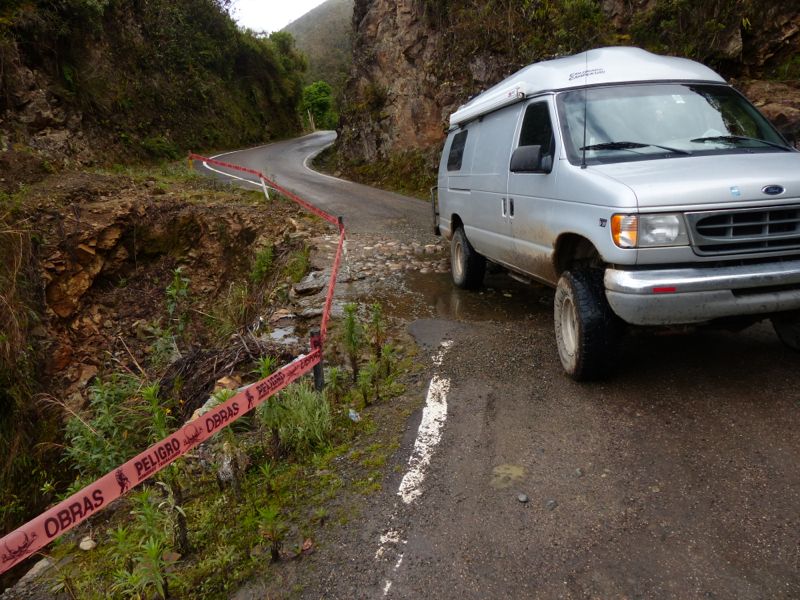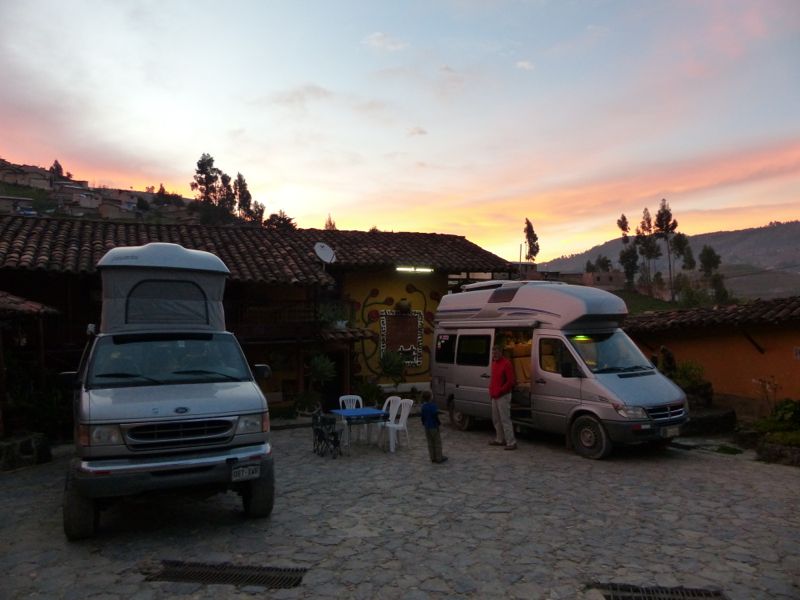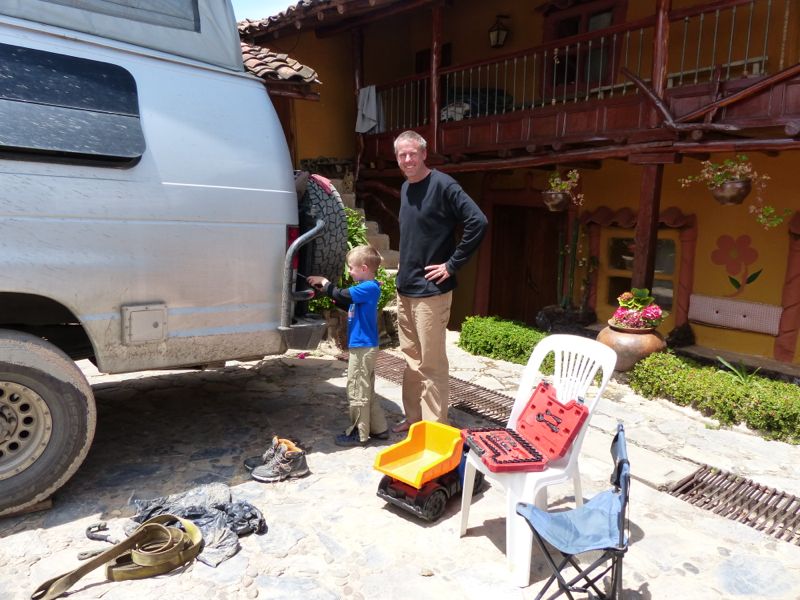After exploring the muddy caves near Lamúd, we headed for what is billed as Peru’s second most important archeological site after Machu Picchu. Kuélap is a large hilltop city, similar to its far more famous cousin farther south. There are currently two ways to get to the site. The first is via a trail that leads 3 hours and 1300 meters almost straight up from the main road. We chose instead to drive the 30km dirt road, which also took 3 hours.
I found Kuélap almost as impressive as Machu Picchu, but without the crowds. Peru is working to develop the site and is putting in a gondola that will make access much easier.
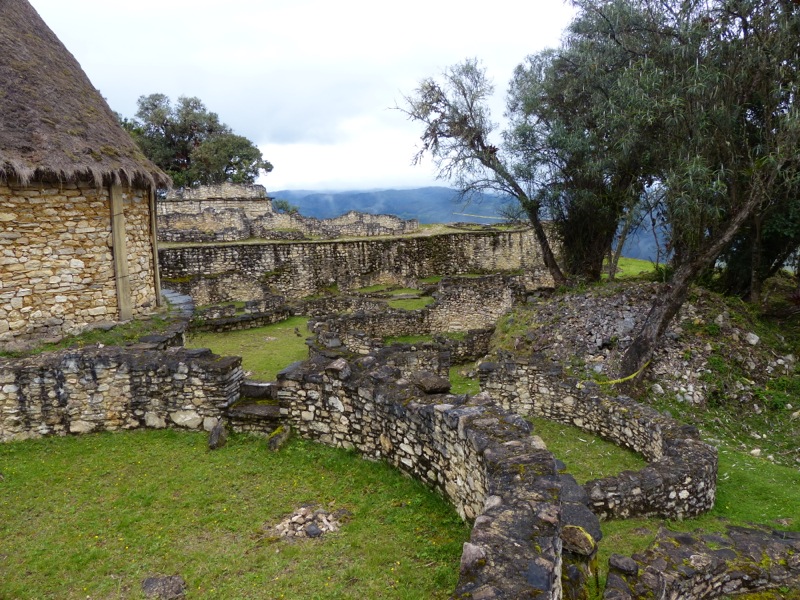
Kuélap was first built in the 6th century AD and was occupied until the early colonial period. The circular structures are houses which originally had thatched roofs, like the reconstructed one you can see on the left side of this picture.
When we got to Kuélap we realized with dismay that we had left our backpack containing Quinn’s allergy medicine at a restaurant were we had eaten breakfast in Lamúd. That was a 5 or 6 hour drive back from where we were along some very slow roads. We called Roxana, the tourist guide we had met in Lamúd. Fortunately she speaks excellent English and knows everyone in town. She found our backpack and agreed to meet us in Chachapoyas the next afternoon.
We said temporary goodbyes to Justin and Melanie the next morning (after spending the night in the Kuélap visitor’s center parking lot) and headed back to Chachapoyas. We spent the afternoon catching up on email and shopping, and took Roxana and her 6-year-old nephew out to dinner to thank her for rescuing our backpack.
The next morning we were back on the road. We stopped at a small but excellent museum outside the town of Leymebamba. The museum was constructed in 1999 to house discoveries of pre-Incan mummies in tombs near Laguna Condor. Farm workers discovered the tombs in 1997 and reported them to archaeologists who found them in excellent condition and moved the mummies to the museum.
Our next stop was to be Cajamarca, where we planned to re-unite with Justin and Melanie. We expected that trip to take 12 hours, so after a quick lunch we drove for another few hours before camping in a quarry on Calla Calla pass at nearly 4000 meters elevation.
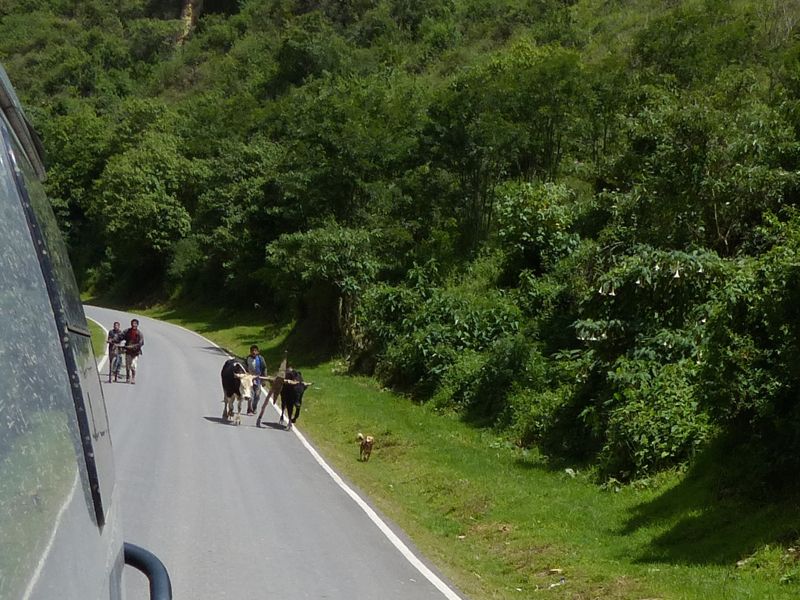
Draft animals are still used extensively in rural Peru. It’s amazing to see farmers using techniques that were abandoned nearly 100 years ago elsewhere.
The next day’s drive was amazing. It took us all day to cover a distance of not much more than 100 miles to Cajamarca on one-lane roads that snaked up, over, down and through the Andes. I’ve never felt as though the horn was a critical piece of safety equipment on a car, but on this road it was, serving to announce us around every blind one-lane corner.
The best way to get a sense of the road is to watch the video in our last post.
We arrived in Cajamarca and were happy to see our friends at the hacienda where we had agreed to meet. We spent the next day relaxing and doing minor cleaning and maintenance on our cars before heading toward the coast.


